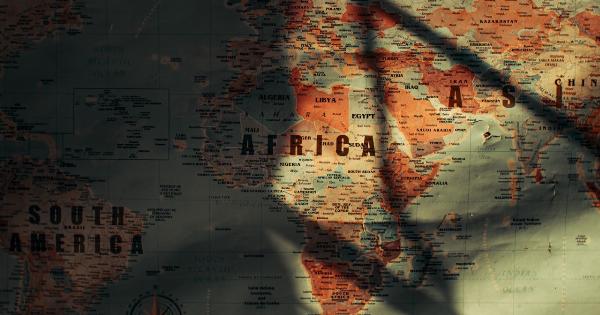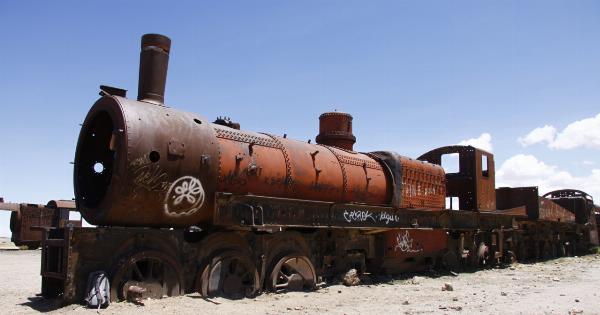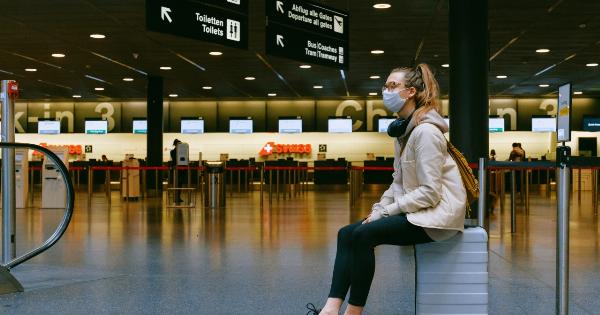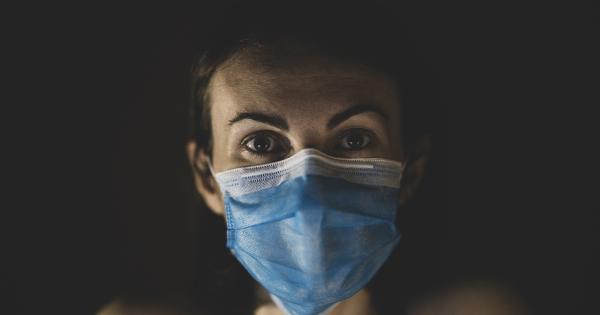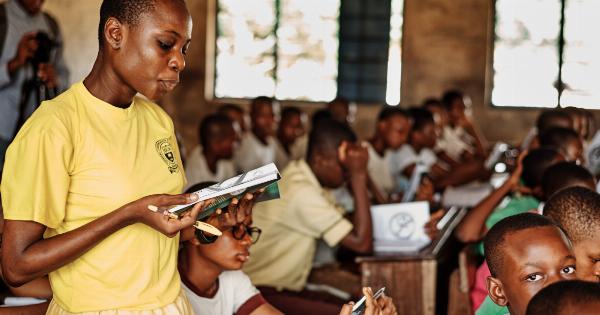The Ebola epidemic in West Africa has reached alarming proportions with more than 1,000 confirmed cases reported.
The outbreak, which was first identified in early 2014, has shown no signs of slowing down and has brought the region’s healthcare systems to their knees.
The current situation
The World Health Organization (WHO) and various humanitarian organizations have been struggling to contain the spread of the virus.
The affected countries include Liberia, Sierra Leone, and Guinea, with a few cases reported in other neighboring countries as well.
The Ebola virus, which is transmitted through direct contact with the bodily fluids of infected individuals, has an extremely high fatality rate.
The current outbreak has a mortality rate of around 40%, making it one of the deadliest Ebola outbreaks in history.
Causes and challenges
There are several factors contributing to the unprecedented scale of this outbreak. One of the main challenges is the lack of awareness and understanding about the virus among the general population.
This has led to misconceptions and resistance towards preventive measures and medical interventions.
Poor healthcare infrastructure in the affected countries is another major obstacle. Limited resources, inadequate healthcare facilities, and a shortage of trained medical personnel have contributed to the rapid spread of the virus.
Overwhelmed hospitals and clinics are struggling to provide even the most basic care to patients.
Moreover, traditional burial practices in the region, which involve close contact with the deceased, have further contributed to the transmission of the virus.
Inadequate infection prevention and control measures have resulted in the virus spreading from one individual to another.
International response
Concerned by the gravity of the situation, the international community has stepped in to assist the affected countries.
The WHO, alongside numerous aid organizations and governments, has deployed medical teams, provided funding and supplies, and assisted in establishing treatment centers and isolation units.
Efforts are also being made to educate the general public about the virus and how to prevent its spread.
Local community leaders and healthcare workers are being trained to raise awareness and debunk myths surrounding Ebola to encourage early detection and treatment.
Research and experimental treatments
Medical researchers and pharmaceutical companies are working tirelessly to develop effective treatments and vaccines for Ebola.
Several experimental drugs have shown promising results in animal studies and early human trials, offering hope for a breakthrough in the near future.
However, the deployment of experimental treatments on a large scale is not without controversy.
Ethical concerns and the need for rigorous testing and safety measures have sparked debates about the appropriate use of these treatments in a public health emergency.
Impact on the region
The Ebola epidemic has had profound socioeconomic consequences in the affected countries.
The healthcare systems are grappling with the overwhelming number of cases, leading to a strain on resources and a diversion of attention and funds from other crucial healthcare needs.
Economically, the outbreak has severely affected livelihoods and disrupted local markets. Fear and travel restrictions have crippled tourism and international trade, resulting in job losses and a decline in economic growth.
The long-term consequences of the epidemic are yet to be fully understood.
Lessons learned and preparedness for future outbreaks
The current Ebola outbreak has exposed weaknesses in global preparedness for pandemics and infectious diseases. It has highlighted the need for early detection, rapid response, effective coordination, and robust healthcare systems.
Lessons learned from this crisis are invaluable for future outbreaks.
Investments in healthcare infrastructure, training of healthcare workers, strengthening of surveillance systems, and improving public awareness are crucial to prevent and combat future epidemics effectively.
International collaboration and support are vital to build resilient healthcare systems in vulnerable regions.
Conclusion
The Ebola epidemic in West Africa has reached unprecedented heights, with over 1,000 confirmed cases and a high mortality rate.
The challenges faced by the affected countries in containing the outbreak are immense, including a lack of awareness, poor healthcare infrastructure, and cultural practices that contribute to the spread of the virus.
However, the international response has been significant, with various organizations and governments stepping in to assist.
Efforts are being made to educate the public, develop effective treatments, and strengthen healthcare systems for future outbreaks.
It is crucial that the global community learns from this devastating crisis and takes proactive measures to prevent similar outbreaks in the future.
By investing in healthcare infrastructure, improving public awareness, and fostering international collaboration, we can mitigate the impact of infectious diseases and protect vulnerable populations.

